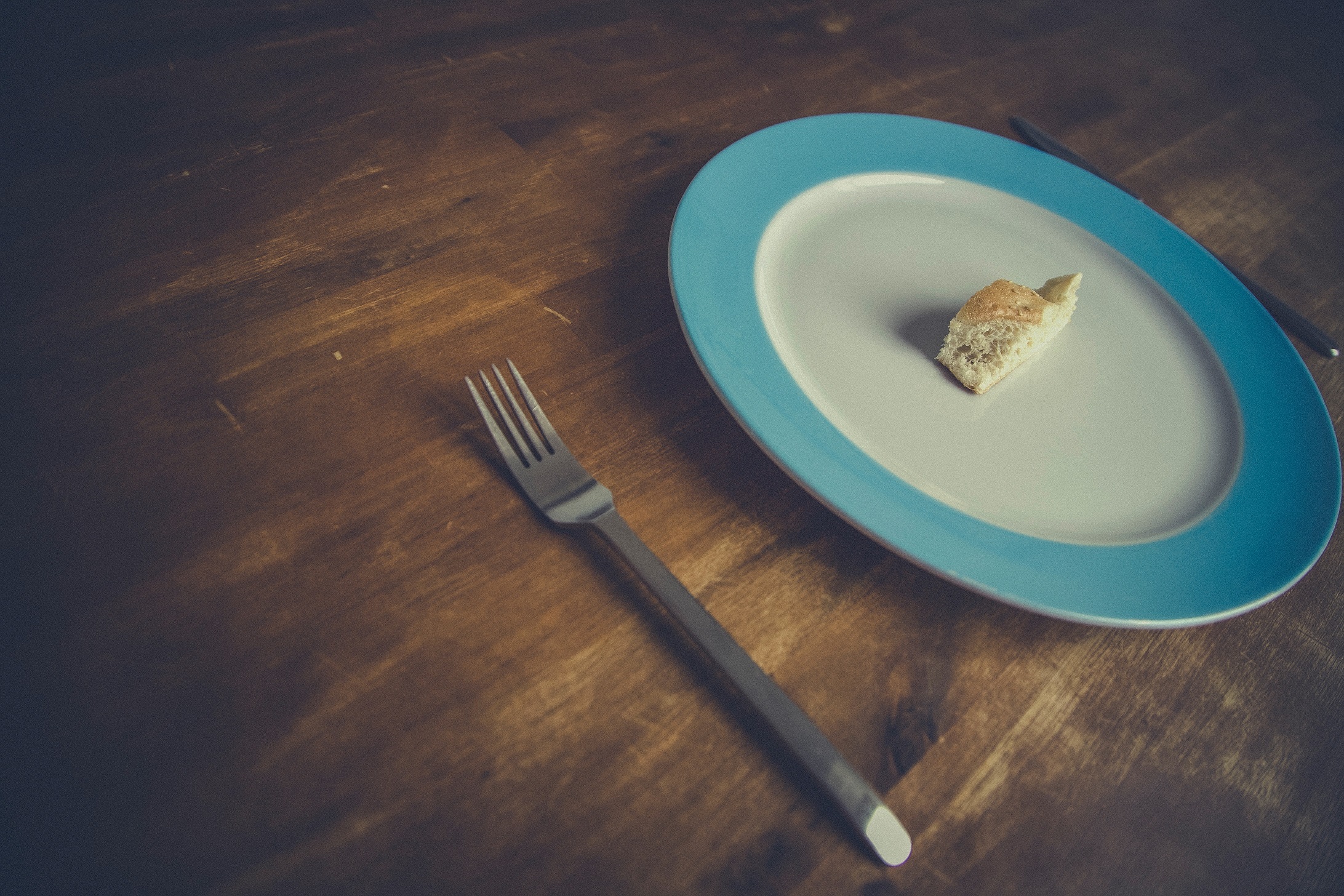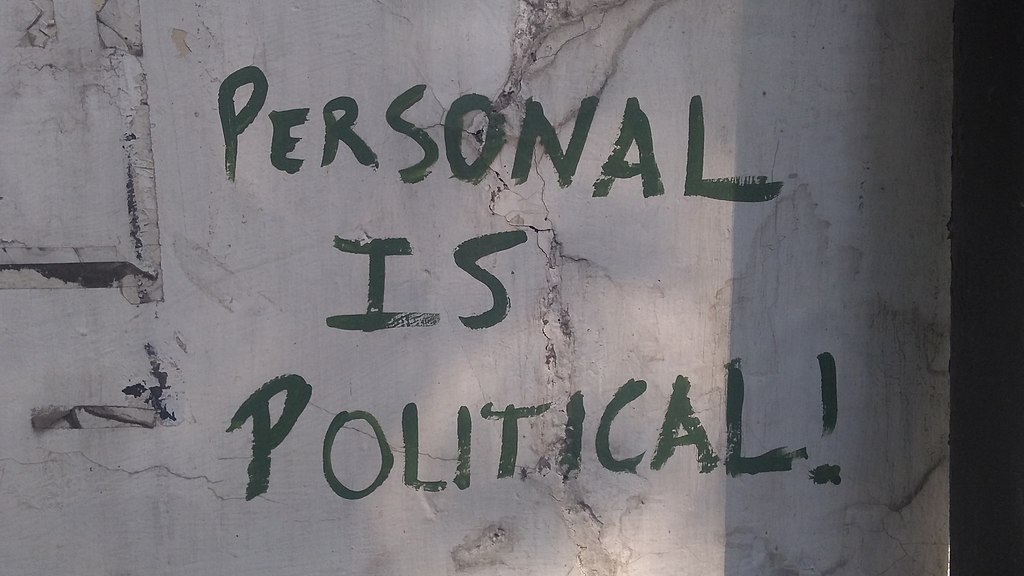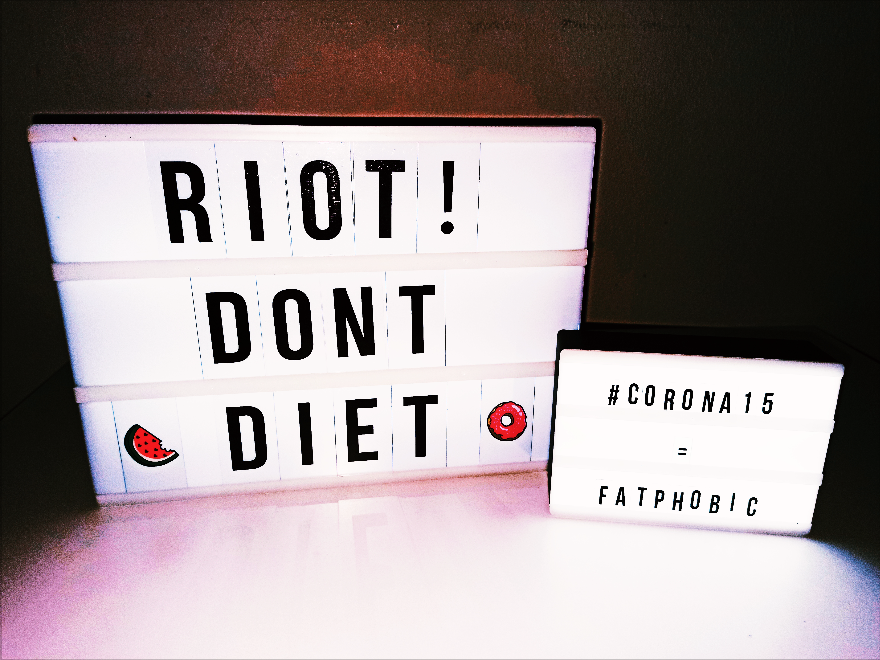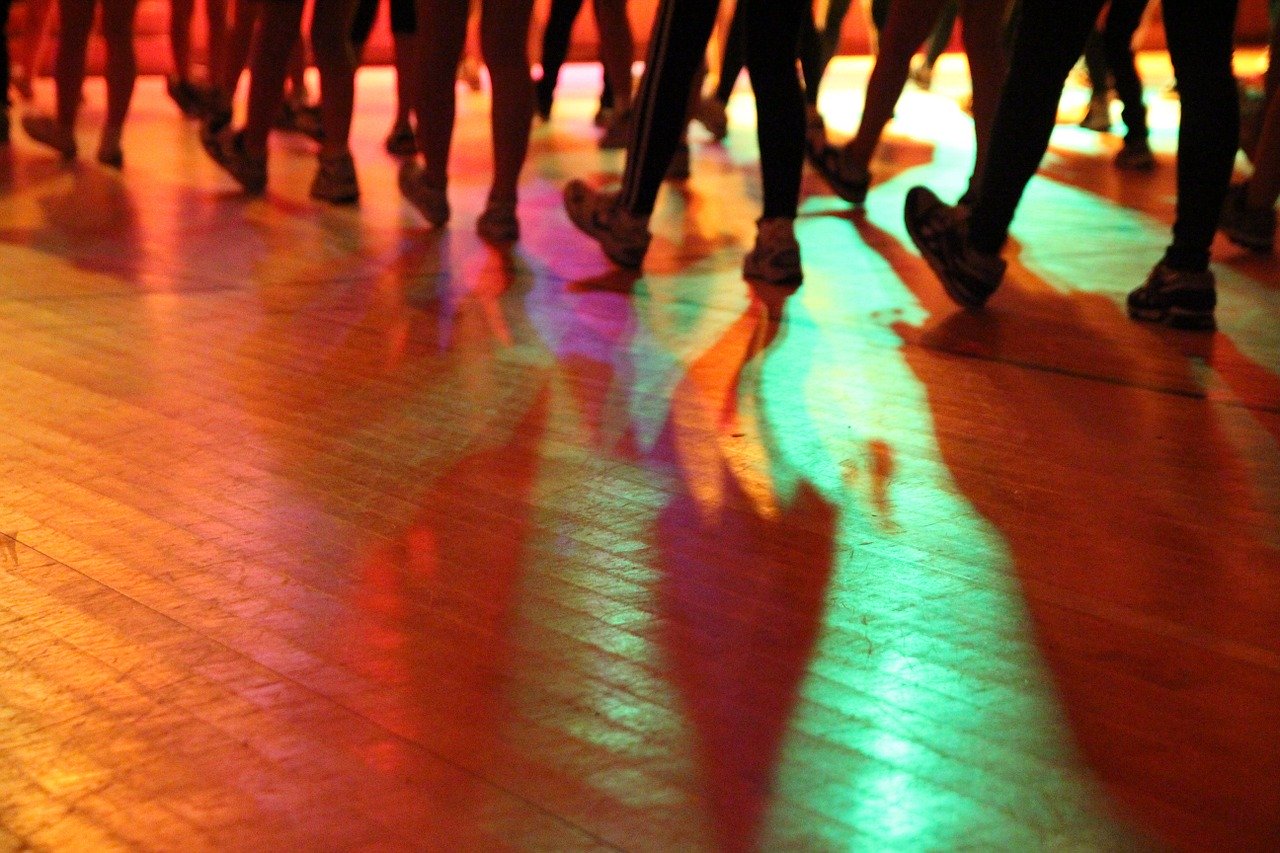From Austerity to Disentitlement: The Transformation of Food Welfare in the U.S.

Since the COVID-19 pandemic began in the United States in the early months of 2020, national media outlets have featured photos of lines of cars outside food banks in cities across the country. Such images serve as a shocking reminder that, yes, hunger exists in America. In this piece, I highlight how drastic changes in American food programs in the 1970s shaped contemporary food welfare policies. Enacting a politics of austerity, presidents and politicians began to place limits around food welfare spending within government, opening the door for a more far-reaching politics of disentitlement in the 1980s. These changes created lasting legacies that impact our relationship to hunger in America today, including normalizing the reliance of millions of Americans on…



